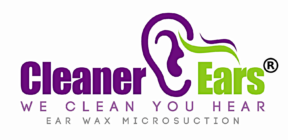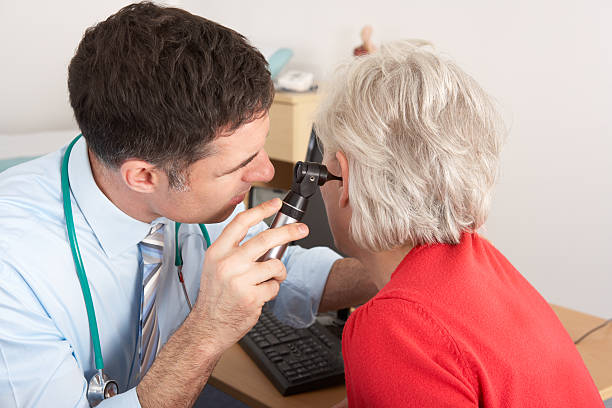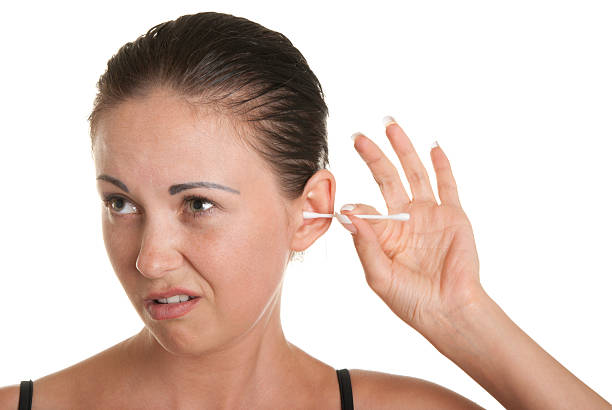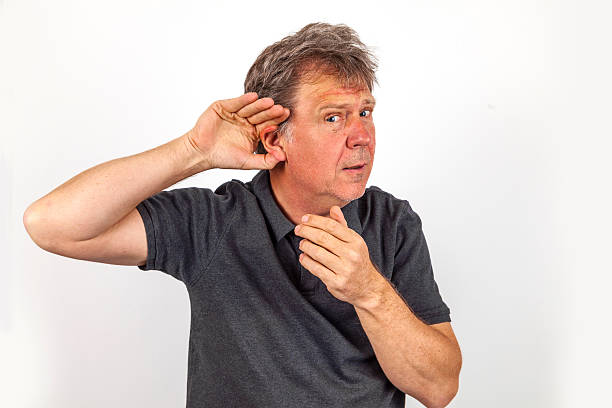How to Know When You Need Professional Earwax Removal?
How to Know When You Need Professional Earwax Removal? What Is Earwax Build-Up? Earwax build-up occurs when the natural process of wax removal is disrupted. Normally, earwax migrates out of the ear canal on its own, but certain factors—such as excessive wax production, narrow ear canals, or the use of objects like cotton swabs—can lead to blockages. Excessive wax can harden over time, making it difficult to remove without professional help. At Cleaner Ears, we specialize in safe, effective earwax removal tailored to your needs. Signs You Need Professional Earwax Removal 1. Persistent Ear Discomfort Feeling fullness, pressure, or itching in your ear may indicate a wax blockage. These symptoms often worsen over time if the wax isn’t addressed. 2. Hearing Difficulties A common sign of excessive earwax is a sudden or gradual reduction in hearing. If sounds seem muffled or you’re constantly asking people to repeat themselves, it might be time for an ear cleaning. 3. Ear Pain Pain in the ear can occur when wax becomes impacted or presses against the eardrum. This can also lead to inflammation or infection, requiring immediate professional attention. 4. Ringing in the Ears (Tinnitus) Excess earwax can irritate the ear canal, resulting in tinnitus—a ringing or buzzing sound in your ears. If tinnitus persists, consult professionals like those at Cleaner Ears. 5. Dizziness or Balance Issues The inner ear plays a crucial role in maintaining balance. Excessive wax build-up can interfere with this function, causing dizziness or vertigo. 6. Earwax Visible in the Ear Canal If you can see a significant amount of wax in your ear or notice wax leaking out, it may indicate an underlying issue that requires professional care. 7. Recurring Ear Infections Frequent ear infections can be linked to excessive wax that traps moisture and bacteria in the ear canal. If you’re experiencing any of these symptoms, it’s time to book an appointment at Cleaner Ears. Why Avoid DIY Methods? Many people attempt to remove earwax using home remedies, but these can often do more harm than good. Common DIY methods include: Cotton Swabs: These push wax further into the canal, worsening the blockage. Ear Candles: There’s little evidence of effectiveness and a high risk of burns or injuries. Over-the-Counter Kits: While sometimes helpful, these don’t always work for hardened or impacted wax. Professional services like microsuction ensure the safe removal of earwax without risking damage to your ears. The Benefits of Professional Earwax Removal Choosing professional earwax removal offers several advantages: Safe and Pain-Free: Experts use specialized tools and techniques, such as microsuction and irrigation, to ensure a comfortable experience. Thorough Cleaning: Professionals remove all traces of wax, reducing the risk of recurrence. Quick and Efficient: Most procedures take only a few minutes. Personalized Care: Clinics like Cleaner Ears provide tailored solutions based on your ear health. When to Seek Immediate Help While most earwax build-up issues are non-urgent, certain symptoms warrant immediate medical attention: Severe pain in the ear. Sudden, significant hearing loss. Drainage from the ear (especially if it’s bloody or foul-smelling). Persistent dizziness or nausea. In these cases, consult a healthcare provider or book an appointment with Cleaner Ears right away.



